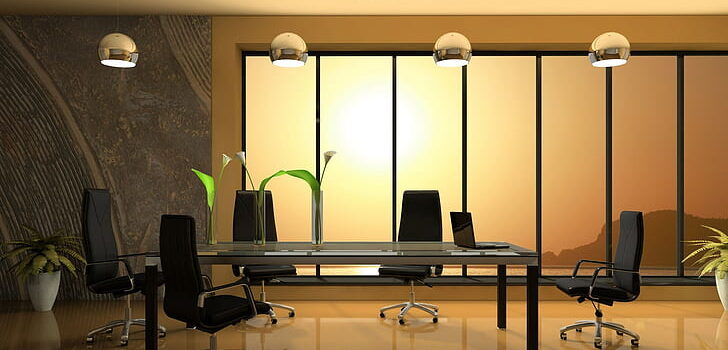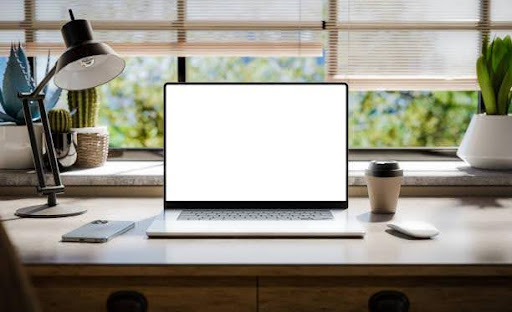
In the dazzling cityscape of Dubai, where beauty and confidence intertwine seamlessly, the quest for aesthetic enhancement is a prevailing trend. Among the myriad of options available, hair transplant in Dubai stands out as a beacon of hope for those seeking to regain their lost confidence and youthful appearance. In this article, we delve into the transformative journey of hair transplantation, exploring its significance, process, and the reputable avenues in Dubai where this life-changing procedure can be availed.
Understanding the Significance of Hair Transplantation:
Hair loss can be a distressing experience for individuals, affecting their self-esteem and overall well-being. Whether it’s due to genetic predisposition, hormonal imbalances, or lifestyle factors, the impact of thinning or receding hairline transcends physical appearance, often leading to emotional anguish and social withdrawal. Recognizing this profound significance, the evolution of hair transplantation has paved the way for a revolutionary solution, offering renewed hope and confidence to those grappling with hair loss woes.
The Art and Science of Hair Transplantation:
At the heart of hair transplantation lies a harmonious blend of artistry and medical expertise. The procedure entails the meticulous extraction of hair follicles from donor sites, typically the back or sides of the scalp, followed by their strategic implantation into the recipient areas experiencing hair loss. This delicate process requires precision and finesse to ensure natural-looking results that seamlessly integrate with the existing hairline and facial features.
Advancements in Hair Transplantation Techniques:
Over the years, significant advancements have propelled the field of hair transplantation to new heights, offering enhanced outcomes and minimal downtime for patients. From traditional follicular unit transplantation (FUT) to the more refined follicular unit extraction (FUE) method, individuals now have access to a diverse range of techniques tailored to their unique needs and preferences. Moreover, innovations such as robotic-assisted hair transplantation have further streamlined the process, facilitating greater accuracy and efficiency in graft harvesting and placement.
Embarking on the Journey of Hair Restoration in Dubai:
Dubai, renowned for its cosmopolitan allure and cutting-edge medical facilities, stands as a premier destination for individuals seeking top-tier hair restoration services. With a plethora of esteemed clinics and seasoned hair transplant specialists, the city offers a conducive environment for individuals to embark on their transformative journey towards hair rejuvenation. Among the distinguished establishments, Bizrah Medical Center emerges as a beacon of excellence in the realm of hair transplantation, boasting a legacy of unparalleled expertise and client satisfaction.
Experience Excellence at Bizrah Medical Center:
Nestled in the heart of Dubai, Bizrah Medical Center epitomizes the pinnacle of aesthetic innovation and patient-centric care. Led by the esteemed Dr. Bashar Bizrah, a globally renowned plastic surgeon, the center is renowned for its commitment to excellence and state-of-the-art facilities. With a dedicated team of skilled professionals and a client-centric approach, Bizrah Medical Center ensures a personalized experience tailored to each individual’s unique needs and aspirations.
Why Choose Bizrah Medical Center for Hair Transplant in Dubai?
Expertise:
With years of expertise and a track record of successful outcomes, Dr. Bashar Bizrah and his team bring unparalleled skill and precision to every hair transplantation procedure.
Advanced Techniques:
Leveraging the latest advancements in hair restoration technology, including FUE and robotic-assisted transplantation, the center ensures optimal results with minimal discomfort and downtime.
Personalized Care:
From initial consultation to post-operative follow-up, patients at Bizrah Medical Center receive comprehensive care and support, fostering a sense of trust and confidence throughout their transformative journey.
Conclusion:
In the vibrant tapestry of Dubai’s cosmopolitan landscape, the pursuit of beauty and self-assurance takes center stage, with hair transplant in Dubai emerging as a transformative solution for those seeking to reclaim their confidence and vitality. Through the artistry and expertise of esteemed establishments like Bizrah Medical Center, individuals can embark on a journey of renewal, unlocking newfound confidence and embracing life with renewed vigor.











